When A Man Knocked Down The Wall of His Basement, He Found an Ancient Underground City That Could Accommodate 20,000 People
In 1963, a man in the Turkish province of Nevşehir tore down a basement wall and found a massive underground metropolis.
According to accounts from the period, the guy sledgehammered his wall and discovered a tunnel behind it, followed by further tunnels. Later exploration would find it to be an 18-story-deep underground city with chapels, schools, and stables.
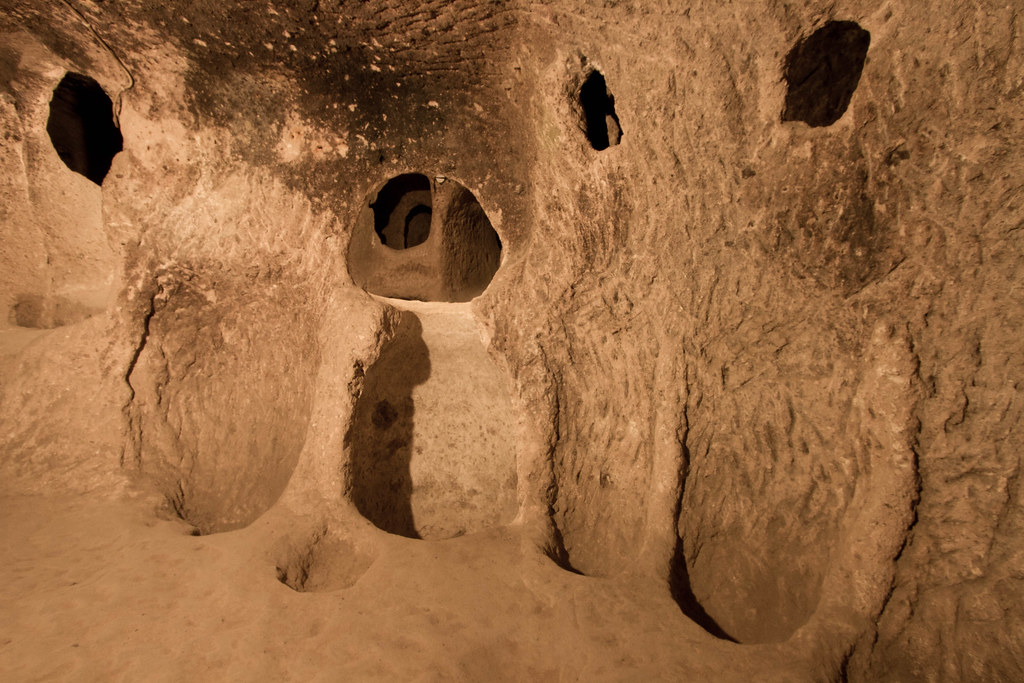
The city, also known as Derinkuyu, had been deserted for generations, possibly to the relief of the guy who had just pounded his way in. According to archaeologists from the Turkish Department of Culture, construction on the city, which could have held up to 20,000 people, may have started as early as the 8th and 7th century BCE.
The Phrygians who started the project didn’t go very far with it even though the rock, which was created by layers of volcanic ash, was soft. The underground homes were about large enough for a family, household animals, and food, according to a document from approximately 370 BCE that may be about Derinkuyu.
The Byzantine era (about 395 to 1453 CE) saw the city at its height when it was transformed into a maze of tunnels, chambers, and halls that covered 445 kilometers (172 miles)2. There were secret entrances, ventilation shafts (so you wouldn’t perish in your mole cave), wells, and water routes throughout the network of tunnels and passages.

It’s probable that locals exploited the soft rock as food storage at initially to retain food at a cool, constant temperature. They probably became cities because of how effective they are as a defense, though.
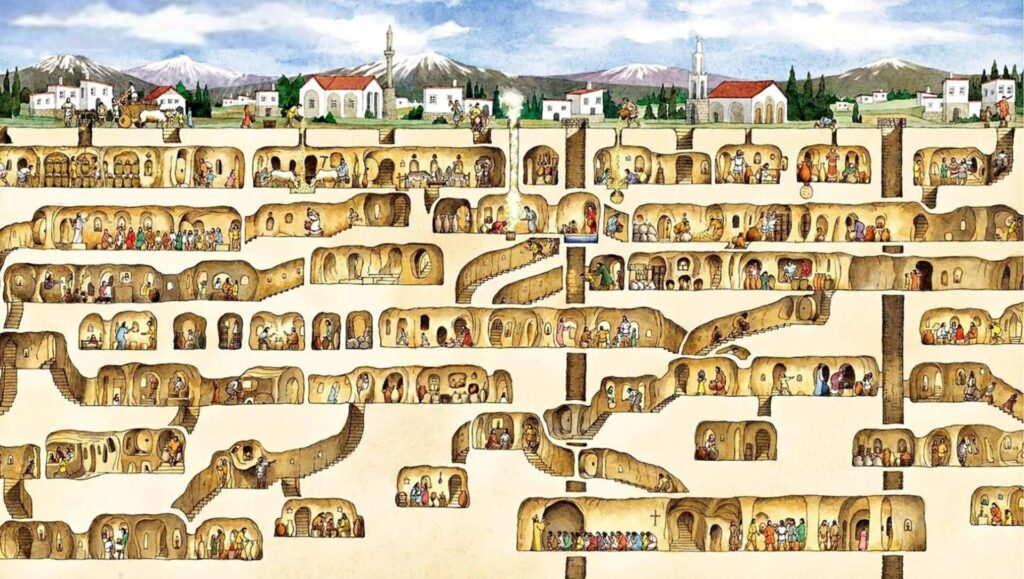
To stop opponents from polluting the water supply, residents of the lower levels, for instance, were able to cut off the flow to the upper and ground levels. The corridors themselves were tiny to compel any intruders to line up one at a time, and the tunnels themselves could be closed from the inside by spherical rolling stone doors—an assault technique so desperate that is only shown in movies if the good guy becomes encircled.
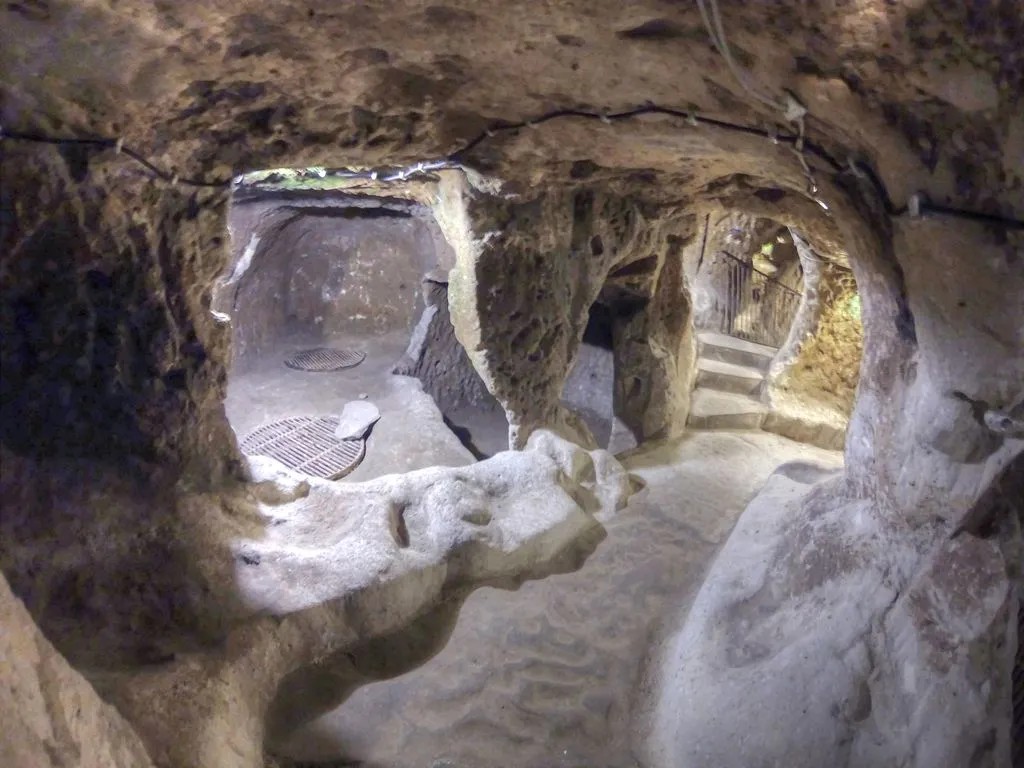
Over many years, the city provided refuge to many populations. Muslims hid there during the Arab-Byzantine Wars of 780 and 1180 while the early Christians dwelt there as they fled Roman persecution.
Even as late as 1909, comparable caves were used as safe havens from peril; Derinkuyu is not even the biggest underground city.
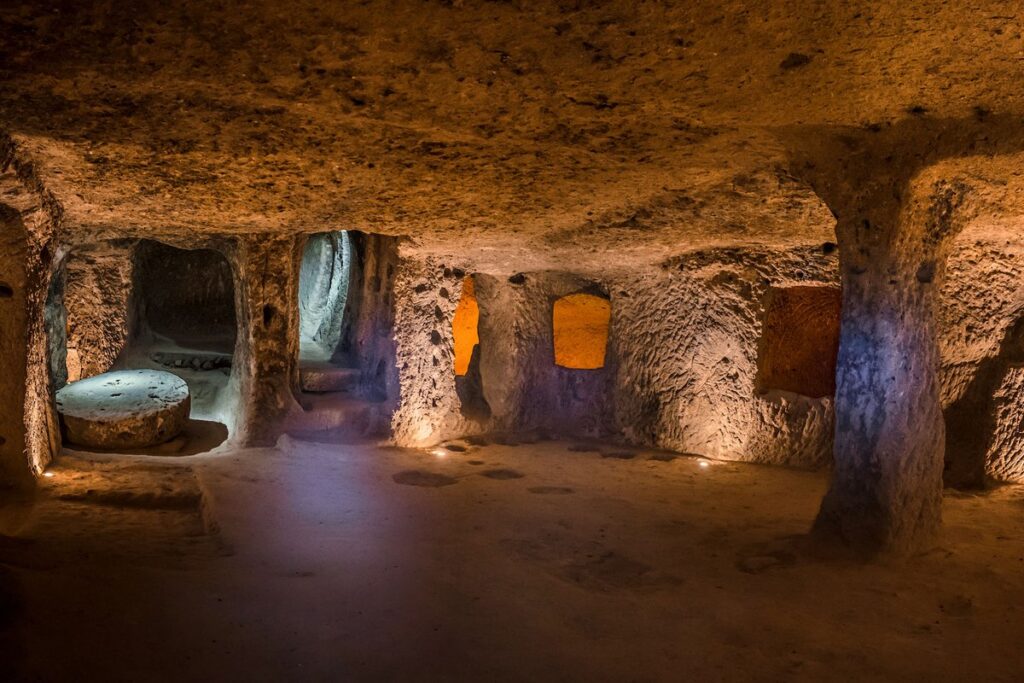
The Cambridge linguist Richard MacGillivray Dawkins said of his time in Greece, “When the word arrived of the recent atrocities at Adana, a significant section of the populace at Axo took refuge in these underground rooms, and for some nights did not venture to sleep above ground.”
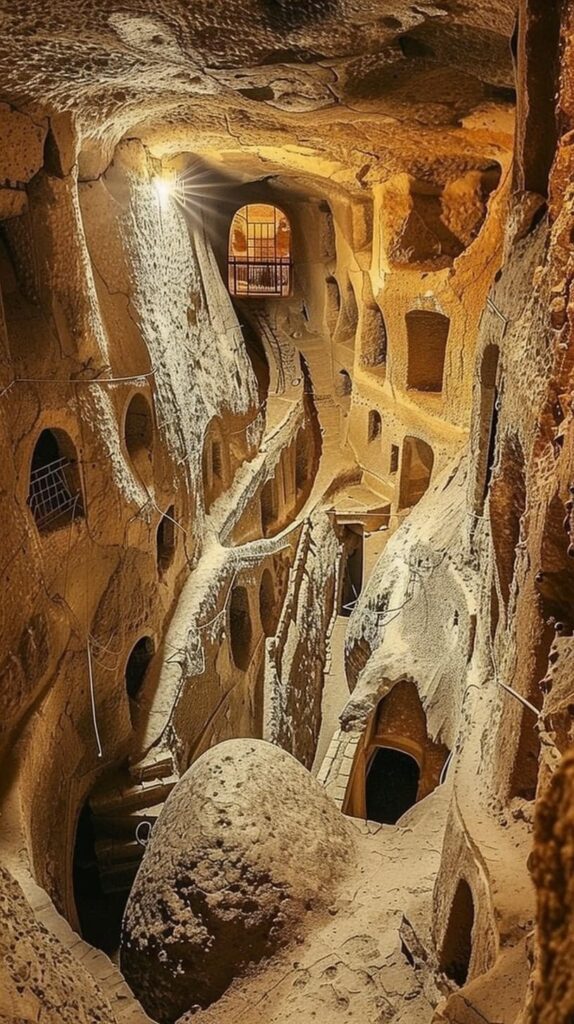
It appears that, up until quite recently, all of the population resided underground, with no homes built above ground.